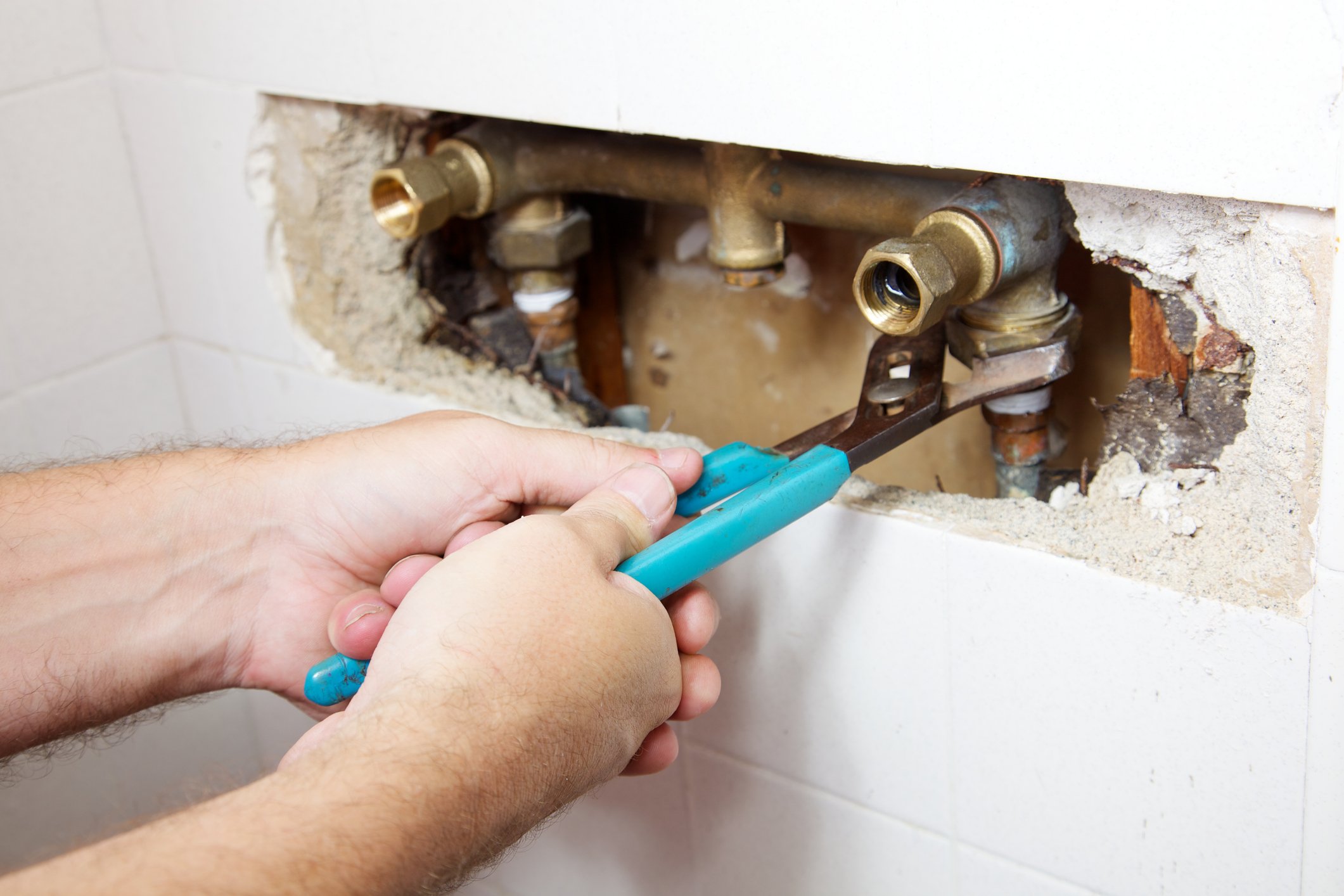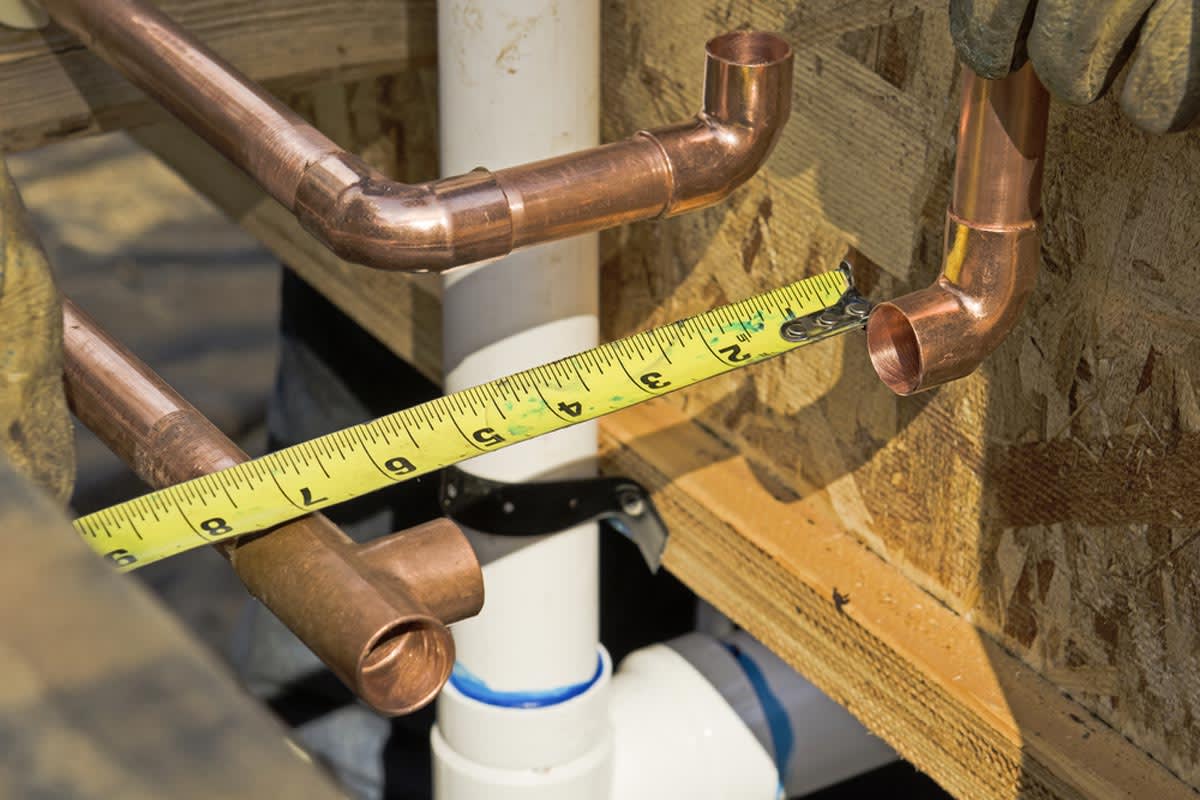What are your concepts about 6 Essential Plumbing Checks for New Homeowners?

For new property owners, understanding and preserving restroom plumbing can save both money and time by preventing costly concerns down the line. Below are some crucial washroom plumbing suggestions to help you keep every little thing running efficiently.
Plan For Winter
Protect your pipelines from cold during cold weather by insulating pipelines in unheated locations like basements, attics, and garages. Throughout extreme cold, allow cold water drip from taps served by subjected pipes to aid protect against cold.
Schedule Regular Upkeep
Think about organizing annual assessments with a qualified plumber. They can spot concerns that you may miss, such as hidden leakages or deterioration on pipes and fixtures. Normal maintenance assists expand the life of your plumbing system and can stop emergency situations.
Familiarize Yourself with the Key Shut-Off Shutoff
Knowing where the major water shut-off valve is located in your home is crucial. This allows you to swiftly shut off the water supply in case of major leaks or during plumbing emergencies, preventing comprehensive water damage.
On A Regular Basis Check for Leakages
Little leaks can result in large troubles. Consistently inspect under sinks, around commodes, and near pipes fixtures for any kind of signs of leakages. Try to find wetness, little drips, or rust. Catching and fixing leakages early can stop extra serious damage and save water.
Maintain Your Hot Water Heater
Guarantee your water heater is set to a suitable temperature level (commonly around 120 degrees Fahrenheit) to prevent hot and reduce energy usage. Flush the storage tank every year to get rid of sediment accumulation, which can minimize the performance and life-span of your heating system.
Update Your Components
If your home has older fixtures, consider upgrading to much more effective designs. Modern bathrooms, showerheads, and faucets are made to make use of much less water while offering great stress, which can significantly reduce your water costs and ecological footprint.
Be Cautious with Do It Yourself Plumbing Services
While it's appealing to deal with all home repair work on your own, beware with pipes. Some problems could need specialist experience, particularly if they entail primary water lines or sewage system repairs. Employing a specialist can occasionally be much more cost-effective than DIY, particularly if it protects against additional damages.
Do Not Disregard Slow Drains Pipes
If your sink or bathtub is draining pipes slowly, it's often a sign of an obstruction creating. Addressing this very early can stop a full obstruction. Make use of a bettor or a plumber's serpent to remove particles. Prevent making use of chemical drain cleansers as they can harm your pipes in time.
Know What Not to Flush
Toilets are not garbage disposals. Avoid purging anything apart from bathroom tissue and human waste. Products like wipes, feminine health items, and cotton swabs need to be dealt with in the garbage to prevent obstructions and sewage system backups.
Mount Strainers in Drains
Place filters in your sink and bath tub drains to catch hair and other particles prior to they enter your plumbing system. Cleaning the filters on a regular basis will aid stop accumulation and keep water streaming freely.
Conclusion
Understanding and keeping your home's washroom pipes can avoid numerous common concerns. By complying with these vital suggestions, you can guarantee your shower room stays useful and effective, saving you money and time over time.
Essential Plumbing Tips for Homeowners: Keep Your Pipes Flowing Smoothly
As a homeowner, understanding the basics of your plumbing system can save you time, money, and a lot of headaches. Plumbing issues can range from minor annoyances like dripping faucets to major problems like burst pipes that cause significant damage. This guide provides essential tips to help you maintain your plumbing system and tackle common issues.
Understanding Your Plumbing System
Supply System: Brings fresh water into your home from a municipal source or a well. Drain-Waste-Vent System: Removes wastewater and vents sewer gases outside. Fixtures and Appliances: Includes sinks, toilets, showers, dishwashers, and washing machines. Basic Maintenance Tips
Regular Inspections: Periodically check for leaks, corrosion, and other signs of wear and tear. Look under sinks, around toilets, and near water heaters. Know Your Main Shut-Off Valve: In case of a major leak, you’ll need to shut off the water quickly. Ensure everyone in your household knows where the main shut-off valve is located. Prevent Frozen Pipes: In cold climates, insulate exposed pipes and let faucets drip during extreme cold to prevent freezing. Use Strainers: Install strainers in sinks and tubs to catch hair, food particles, and other debris that can cause clogs. Common Plumbing Issues and Solutions
Clogged Drains:
Prevention: Avoid pouring grease down the drain and use drain screens to catch debris. DIY Fix: Use a plunger or a plumbing snake to clear minor clogs. For stubborn clogs, a mixture of baking soda and vinegar can sometimes help. Leaky Faucets:
Prevention: Replace washers and seals regularly. DIY Fix: Turn off the water supply, disassemble the faucet, and replace worn parts.

Additional Information